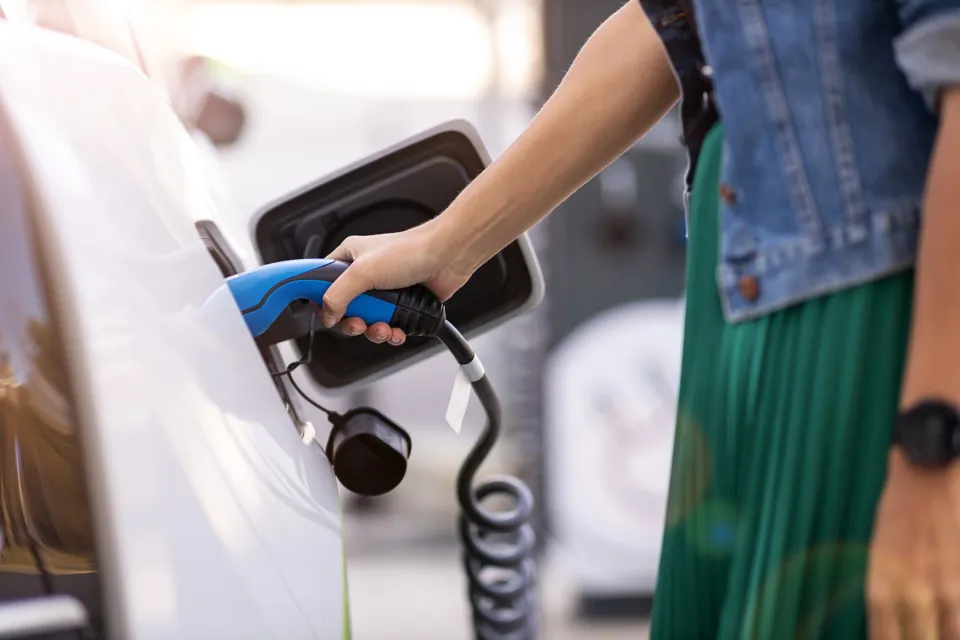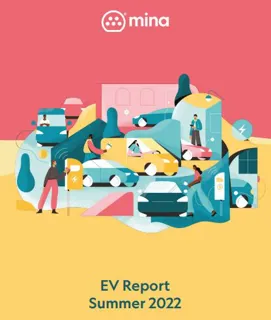Volkswagen Financial Services Fleet (VWFS Fleet) is urging businesses to do more to prevent drivers of electric company cars from being short-changed by high public charging costs.
HMRC increased the advisory electricity rate (AER) for battery electric vehicles (BEVs) from 5p per mile (ppm) to 8ppm from December 1.
However, VWFS Fleet says the rise only highlights the issues with a single reimbursement rate as drivers unable to charge at home will remain out of pocket.
Almost three-quarters (73.5%) of respondents to a recent Fleet News poll believe it should be 10ppm or more, while one in five (20.2%) said it 15ppm to cover their charging costs.
VWFS Fleet says that the difference in energy consumption by different BEV models, as well as the wide variation in charging costs from one driver to the next, also means a single rate cannot capture the true cost to drivers.
David Watts, fleet product manager for electric vehicles at Volkswagen Financial Services Fleet, said: “In part, it is good news that the advisory electric rate has risen – especially in light of higher energy costs.
“It is also positive that the rate is going to be reviewed quarterly, rather than annually, which is in line with advisory fuel rates (AFR). However, it also highlights the crux of the problem, which is that a single AER rate is not fit for purpose and while some drivers will profit, others will find themselves out of pocket.
“Those who have to rely on the public charging network when travelling on company business will find this does little to help their costs.”
Watts explained that the cost of using public chargers is at least two-thirds more and can be as much as twice that of charging at home, depending on the type of charger used.
“Drivers relying on public charging will end up out of pocket if they’re only reimbursed at 8p a mile,” he added. “It’s important that electric company car drivers are aware of the different charging costs.”
VWFS Fleet is urging businesses to consider the impact of charging costs on drivers and implement solutions to mitigate them.
Watts continued: “With the UK ban on the sale of new petrol and diesel cars from 2030, transitioning to electric is inevitable for businesses, so the issue of charging cannot be ignored.
“As EV adoption increases, more company car drivers will be relying on the public network rather than home charging, and these drivers will be understandably reluctant to switch if driving on behalf of the business is going to result in a personal cost to them.
“Switching from a single rate to a solution which reimburses drivers based on the actual energy cost is the only fair way to manage personal and business mileage costs.
“This isn’t an easy fix due to the combined sources of electricity that go into the overall energy cost – drivers may use a combination of home, workplace and public charging – but fleets must address the reimbursement disparity.
“However, there are options out there for companies to help drivers facing these challenges. Charge cards are another solution and work in a similar way to fuel cards, so drivers do not have to pay out of their pocket at all.”
He continued: “We’d urge businesses to consider all options available for charging and choose the one – or likely a combination of solutions – that will keep costs to a minimum for both themselves and their drivers.”
Prior to HMRC increasing the AER, National Grid decided to pay its electric company car drivers 12ppm, with the additional cash paid monthly through payroll.
Lorna McAtear, National Grid fleet manager, told Fleet News the changes were being introduced on a temporary basis.
“We don’t yet know what the long-term solution is,” she said, “but we knew our drivers were out of pocket.”























Login to comment
Comments
No comments have been made yet.